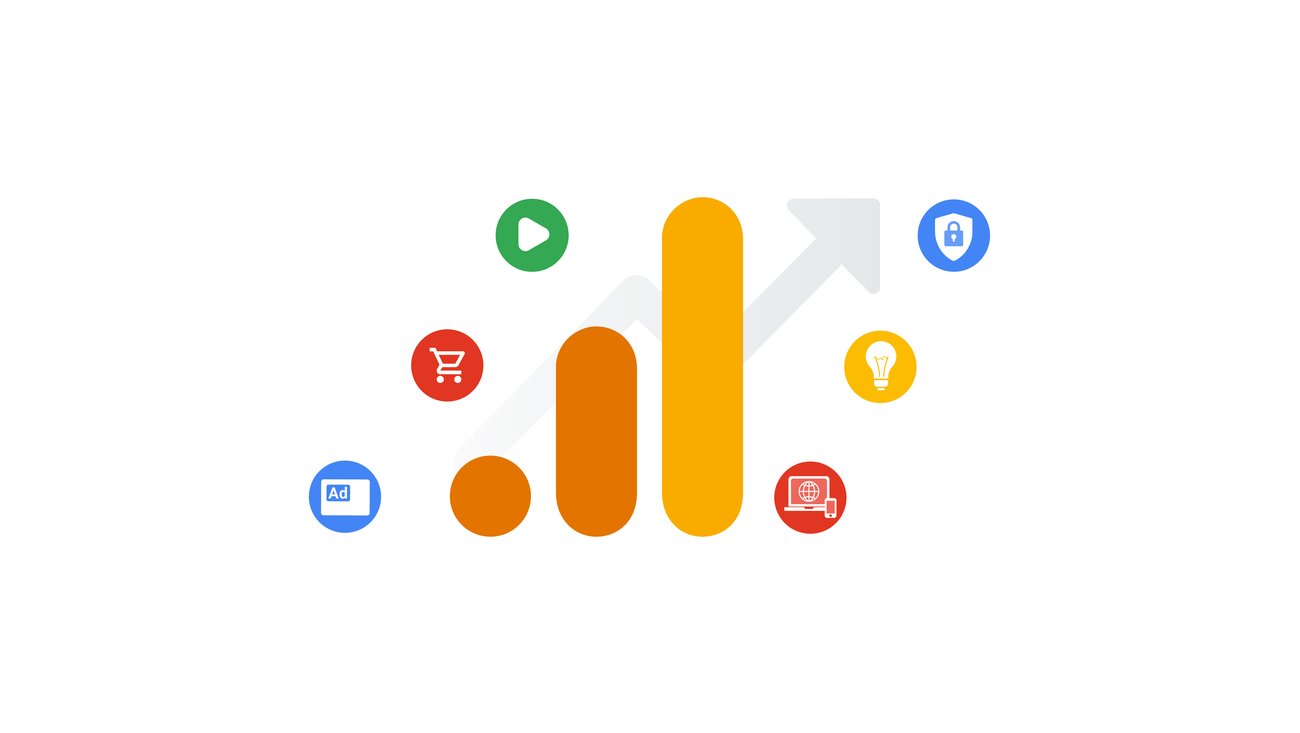Google Analytics 4 (GA4) is a powerful tool that helps businesses track and analyze user behavior across websites and apps. With its advanced machine learning capabilities, event-based tracking, and cross-platform insights, GA4 allows marketers to make data-driven decisions that enhance their strategies. This guide will walk you through the key aspects of GA4 and how to leverage it for improved marketing outcomes.
Why Google Analytics 4 Matters for Marketers
GA4 is designed to address the evolving needs of digital marketing. Unlike Universal Analytics (UA), GA4 focuses on event-based tracking rather than session-based tracking. This shift provides deeper insights into user interactions, making it easier to optimize campaigns. Here are some key benefits of GA4:
- Cross-Platform Tracking: GA4 allows seamless tracking across websites and mobile apps, offering a holistic view of user journeys.
- Enhanced User-Centric Insights: With a focus on events rather than sessions, GA4 provides more accurate data about user interactions.
- Machine Learning & AI-Powered Predictions: GA4 leverages artificial intelligence to provide predictive analytics, helping marketers anticipate user behavior.
- Privacy-Focused Analytics: With stricter data regulations, GA4 prioritizes first-party data and complies with privacy laws such as GDPR and CCPA.
Setting Up Google Analytics 4 for Your Business
Step 1: Create a GA4 Property
If you’re new to GA4, the first step is to set up a property:
- Sign in to your Google Analytics account.
- Click on Admin and select Create Property.
- Choose Google Analytics 4 and configure the property settings.
- Add the necessary business details and set up a data stream (web, iOS, or Android).
Step 2: Install GA4 Tracking Code
Once the property is created, you need to install the tracking code on your website:
- Go to Admin > Data Streams and select your website.
- Copy the Measurement ID (G-XXXXXXXXXX).
- Install the GA4 tracking code using Google Tag Manager or by adding it directly to your website’s
<head>section.
Step 3: Configure Events and Conversions
GA4 automatically tracks basic events like page views, but you can set up custom events:
- Navigate to Events in the GA4 dashboard.
- Click Create Event and define custom interactions such as form submissions, button clicks, or downloads.
- Mark important events as conversions for better tracking and analysis.
Key GA4 Reports to Enhance Your Marketing Strategy
1. Real-Time Reports
Real-time reports allow you to monitor user activity as it happens. This helps in:
- Tracking live campaign performance.
- Identifying sudden traffic spikes.
- Analyzing user behavior on newly launched pages.
2. User Acquisition Report
The User Acquisition Report provides insights into where your visitors are coming from. This is crucial for optimizing your marketing channels.
- Identify high-performing sources such as organic search, paid ads, or social media.
- Allocate resources to the most effective channels.
3. Engagement Report
The Engagement Report helps you understand how users interact with your content:
- Monitor average engagement time and event count.
- Track specific interactions like video views, scroll depth, and outbound clicks.
- Improve content strategies based on user engagement trends.
4. Monetization Report
For eCommerce businesses, the Monetization Report offers valuable data on revenue and transactions:
- Track purchases, revenue per session, and cart abandonment rates.
- Optimize pricing strategies based on customer behavior.
5. Retention Report
The Retention Report helps you analyze user loyalty by showing repeat visits:
- Identify patterns in returning visitors.
- Improve customer retention strategies through targeted marketing efforts.
Leveraging GA4 for Better Marketing Decisions
Optimize Paid Campaigns with Data Insights
GA4’s AI-driven insights help optimize paid campaigns by:
- Identifying high-value audiences.
- Refining ad targeting based on user behavior.
- Measuring ROI with event-based tracking.
Enhance Content Marketing with User Behavior Analysis
By analyzing Engagement Reports, marketers can:
- Determine which content drives the most interactions.
- Adjust blog strategies to match audience preferences.
- Implement better CTAs based on user engagement data.
Improve SEO Performance with GA4 Data
SEO strategies can be refined by monitoring:
- Organic search traffic trends.
- Bounce rates and time spent on pages.
- Click-through rates from search engines.
Advanced GA4 Features to Explore
Predictive Analytics
GA4 uses machine learning to predict:
- Churn probability: Identifies users likely to leave.
- Purchase probability: Estimates users most likely to convert.
- Revenue prediction: Helps forecast earnings based on past data.
Google BigQuery Integration
For businesses that require deeper data analysis, GA4 allows free integration with Google BigQuery, enabling:
- Advanced data modeling.
- Custom segmentation and reporting.
Audience Building for Remarketing
GA4 allows you to create highly targeted audiences based on:
- Past interactions and behaviors.
- Specific user demographics.
- Multi-platform engagement trends.
Final Thoughts
Google Analytics 4 is a game-changer for digital marketers, offering advanced tracking, AI-powered insights, and cross-platform data analysis. By leveraging its powerful features, you can refine your marketing strategy, enhance user engagement, and boost ROI.
For marketers looking to stay ahead of the competition, mastering GA4 is essential. If you want to deepen your understanding of GA4 and digital marketing strategies, consider enrolling in an Advanced Digital Marketing Course to enhance your skills.

